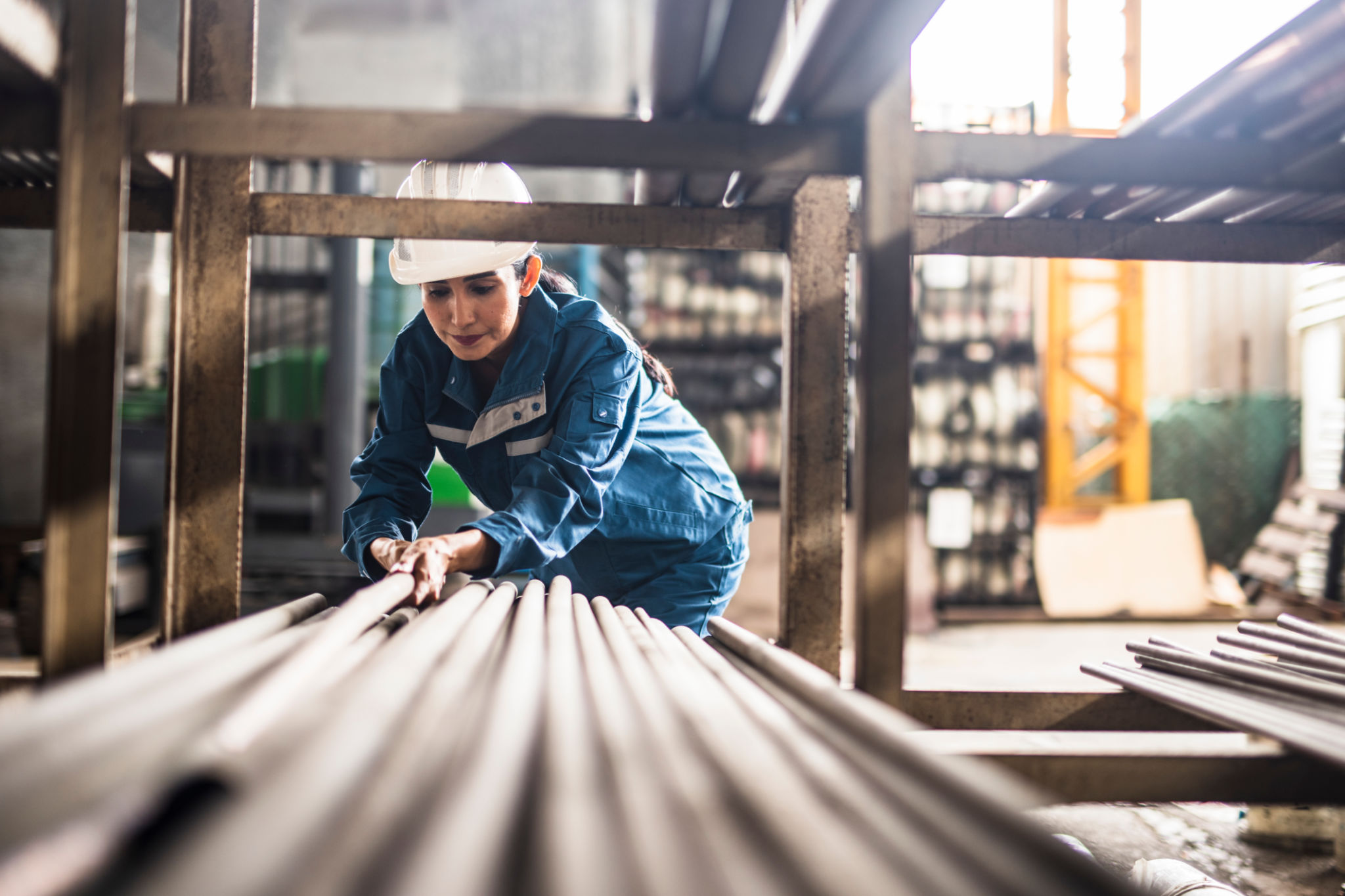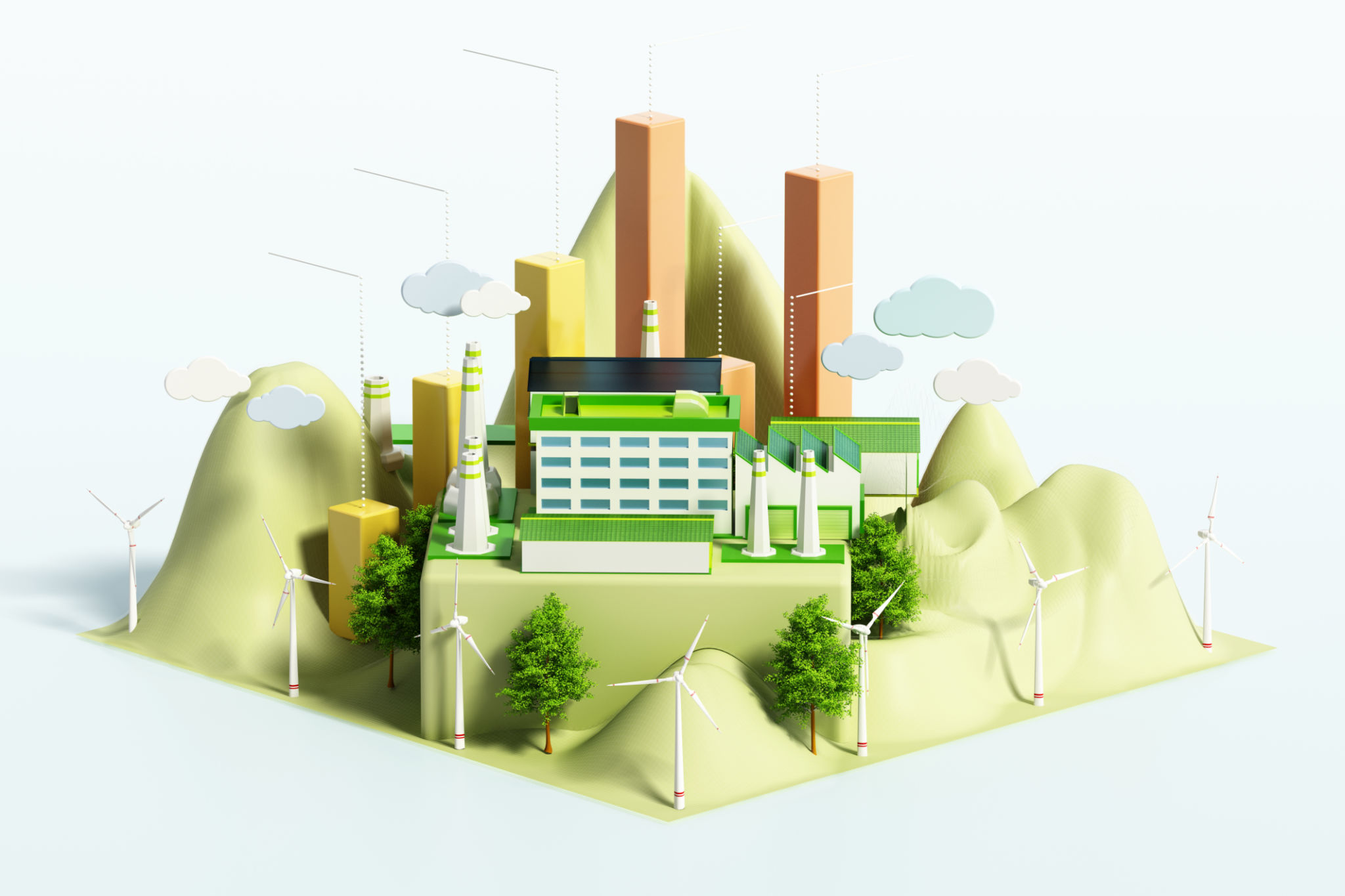Expert Insights on Metal Fabrication Trends in the 2020s
Understanding the Evolution of Metal Fabrication
Metal fabrication has been a cornerstone of industrial development for centuries. As we delve into the 2020s, the industry is witnessing a significant transformation driven by technological advancements and evolving consumer demands. Understanding these changes is crucial for businesses looking to stay competitive in this dynamic field.

Adoption of Advanced Technologies
The integration of advanced technologies such as automation, robotics, and artificial intelligence is revolutionizing metal fabrication. These technologies are enhancing precision, reducing errors, and increasing efficiency. Automation, for instance, is enabling faster production times while maintaining high-quality standards.
Moreover, AI-powered systems are transforming the way businesses approach design and production. By utilizing data analytics, manufacturers can predict trends, optimize processes, and tailor products to meet specific customer needs. This shift not only improves productivity but also opens up new possibilities for innovation.
Sustainability and Eco-Friendly Practices
With growing awareness of environmental issues, sustainability has become a focal point in metal fabrication. Companies are increasingly adopting eco-friendly practices, such as recycling scrap metal and using energy-efficient machinery. This not only reduces the environmental footprint but also aligns with consumer preferences for sustainable products.

Furthermore, the development of new materials and techniques is contributing to more sustainable production methods. For example, lightweight materials that retain strength and durability are gaining popularity, reducing the need for excessive raw material consumption.
Customization and Personalization
The demand for customized and personalized products is on the rise, and metal fabrication is no exception. Advances in technology have made it easier for businesses to offer tailored solutions that meet specific client requirements. This trend is particularly evident in sectors such as automotive, aerospace, and consumer goods, where unique designs and specifications are paramount.
Customization not only enhances customer satisfaction but also allows companies to differentiate themselves in a crowded market. By leveraging technologies like 3D printing and CNC machining, manufacturers can deliver bespoke products with precision and efficiency.

Emphasis on Workforce Development
As the metal fabrication industry evolves, there is a growing emphasis on workforce development. Skilled labor remains a critical component of successful operations, and companies are investing in training programs to ensure their staff can effectively operate advanced machinery and technologies.
By providing ongoing education and skill-building opportunities, businesses can maintain a competitive edge while fostering a culture of innovation. This investment in human capital is essential for navigating the complexities of modern metal fabrication.
Looking Ahead
The future of metal fabrication is both exciting and challenging. As the industry continues to evolve, staying informed about emerging trends and technologies is crucial for success. Companies that embrace change and adapt to new developments will be well-positioned to thrive in the coming decade.
In conclusion, the 2020s present a unique opportunity for growth and innovation in metal fabrication. By focusing on technology adoption, sustainability, customization, and workforce development, businesses can meet the demands of a rapidly changing market and secure their place as industry leaders.
